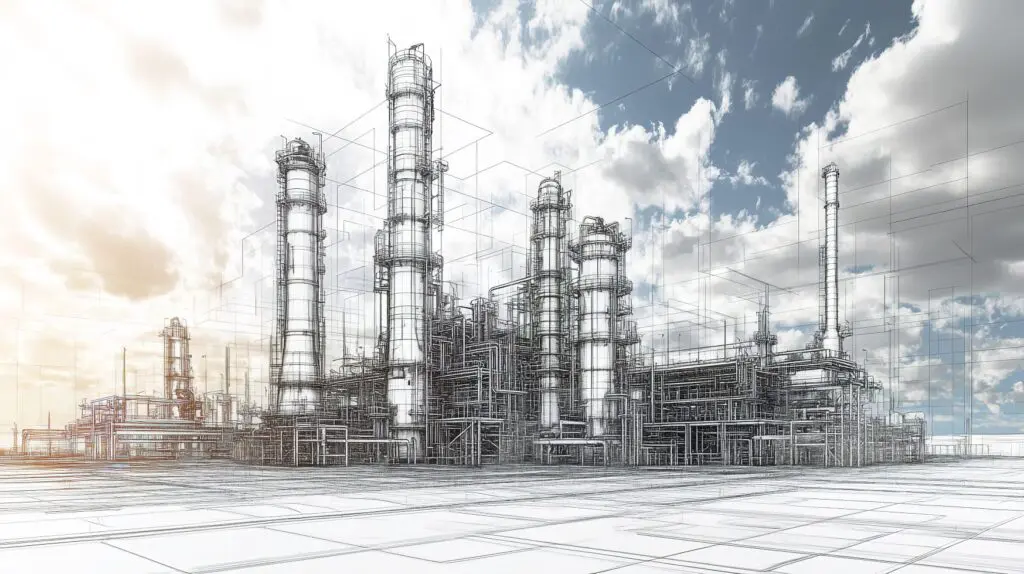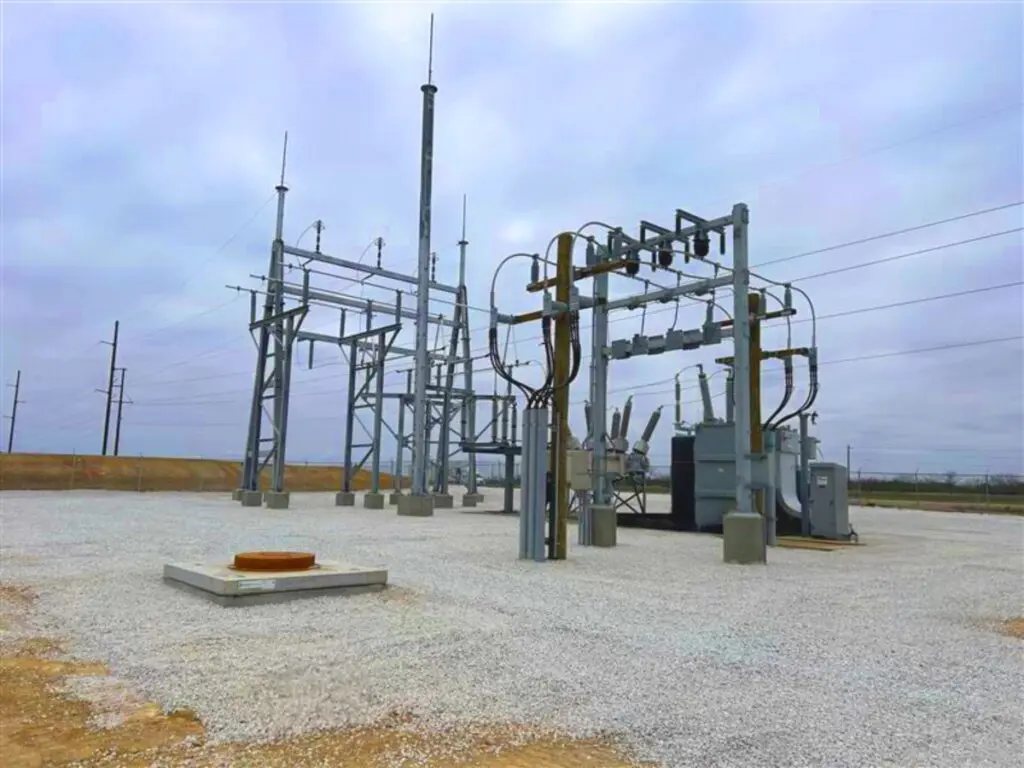

Want to share this article?
Definition of Condensate Up For Debate
In recent months, condensate has become one of the primary focuses of oil and gas producers across the U.S.
Condensate is an ultra-light, minimally refined form of hydrocarbon liquid that is abundant in many shale plays across the country. It’s typically recovered from dissolved gas at the wellhead by field separators or natural gas plants.
Unlike crude oil, which is defined and classified by a measure of its specific gravity (API gravity), a universal definition of condensate does not currently exist. As a result, determination of whether or not it is subject to the United States’ crude export policies is up for debate.
Earlier this year, Pioneer Natural Resources was given approval by Department of Commerce to export condensate. Since then, a number of other producers have applied for permits to do the same, but with no framework for classification, many of these requests have been put on hold by federal regulators.
One of the most important steps in removing the uncertainty surrounding the definition of condensate is to quantify its output. However, because some states, including North Dakota, don’t report condensate production at all, the amount of data currently available to regulating organizations has been limited. Current estimates put the percentage of condensate at 8 to 16 percent of total domestic crude oil production.
On Oct. 3, the U.S. Energy Information Administration (EIA), held a closed-door “Condensate Workshop” with high-ranking officials from several government agencies and industry experts in an effort to come up with a more consistent way of classifying condensate. While encouraging for many producers who are eager to add transparency to the situation, it was only the first step in what is likely to be a very long and drawn-out process.












